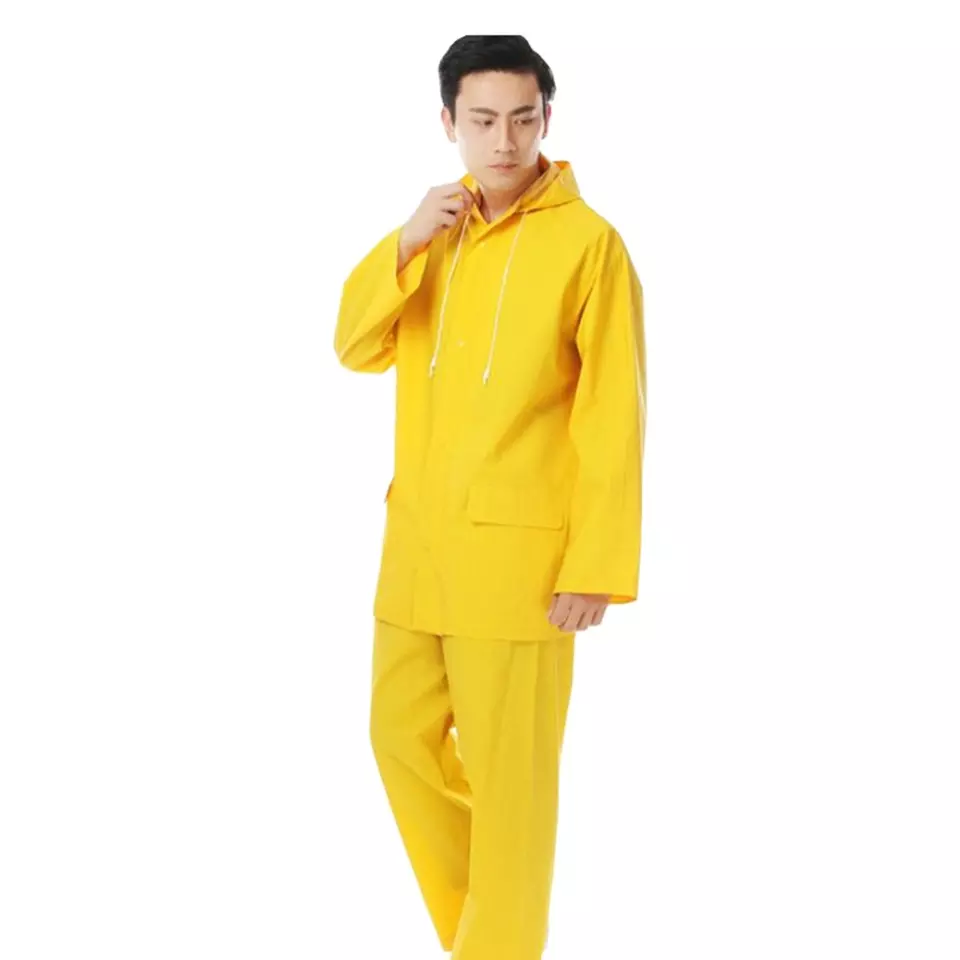 rainwears@163.com may@may-rain.com
rainwears@163.com may@may-rain.com Mon to Friday: 8.00 am - 7.00 pm
Mon to Friday: 8.00 am - 7.00 pm
disposable umbrella
The Rise of Disposable Umbrellas A Practical Solution for Rainy Days
In recent years, the concept of disposable products has permeated various aspects of daily life, offering convenience and simplicity in an increasingly fast-paced world. Among these innovations, the disposable umbrella has emerged as a new alternative for those caught unprepared during sudden downpours. While some may view it as a gimmick, disposable umbrellas serve practical purposes that align with modern consumer needs.
The Idea Behind Disposable Umbrellas
Disposable umbrellas are designed to be lightweight, portable, and affordable, making them an ideal choice for individuals who face unpredictable weather conditions. Unlike traditional umbrellas, which often come with hefty price tags and considerable weight, disposable varieties offer a cost-effective solution for people who may not want to invest in a heavy-duty umbrella that often goes unused.
These umbrellas typically feature waterproof materials that can withstand typical rain conditions. They are designed for single or limited use, allowing consumers to simply toss them after getting home. This feature appeals to city dwellers, frequent travelers, and anyone who prefers to travel light. As the old adage goes, better safe than sorry, and having a disposable umbrella tucked away in a bag can save one from a thoroughly soaked day.
Environmental Considerations
One concern surrounding disposable umbrellas is their environmental impact. Critics argue that single-use products contribute to landfill waste and exacerbate plastic pollution. However, the industry has been making strides toward eco-friendliness. Many manufacturers are now focusing on biodegradable materials, which can help reduce the long-term effects of disposable umbrellas on the environment.
disposable umbrella

Moreover, disposable umbrellas can also function as a step toward minimizing the environmental impact of traditional umbrellas. For instance, when people opt for disposables rather than carrying a heavy umbrella that they may forget at a café or on public transport, there’s a potential reduction in loss and waste. As with any product, consumer responsibility remains crucial. Choosing sustainable options and responsibly disposing of used umbrellas can mitigate environmental concerns.
The Appeal of Convenience
The disposable umbrella has gained popularity in various settings, from train stations to outdoor events. Vendors often sell them in bulk, capitalizing on the convenience factor for anyone who suddenly finds themselves in a rainstorm. Furthermore, they have become a fashionable accessory in some urban areas, given in bright colors and trendy designs. This new twist transforms the humble umbrella from a mere utility into a statement piece.
Marketing strategies have also played a significant role in the appeal of disposable umbrellas. Companies often market them as an emergency solution, urging consumers to keep one in their bag or car for unexpected weather changes. This shift reflects a growing desire for on-the-go solutions in our everyday lives, where time is often of the essence.
Conclusion
As climate change continues to contribute to unpredictable weather patterns, the disposable umbrella could become a staple item for many. Its practicality, paired with improved sustainability efforts, positions it as a viable option for modern consumers looking for convenience without sacrificing responsibility.
While the disposable umbrella may not replace traditional options entirely, it represents a shift in consumer behaviors and attitudes towards mobility and unpredictability. Embracing such innovations can enhance our resilience against the elements while allowing us to navigate our busy lives with a greater sense of preparedness. As we look toward the future, the simple, yet effective, design of the disposable umbrella may continue to grow in popularity, offering a glimpse into the evolving intersection of utility and modern living.
-
Children's Fashion Waterproof Printed Raincoats | Kids Gear
NewsJul.31,2025
-
Silver Printed Women’s Jacket – Stylish, Lightweight & Trendy Outerwear
NewsJul.30,2025
-
Fashionable Design Long Raincoat Rain Poncho Waterproof Polyester
NewsJul.30,2025
-
High Lighting Reflective Rain Jacket Windbreaker Safety Jacket for Adult
NewsJul.29,2025
-
Disposable PE Rain Poncho - Lightweight, Waterproof, Easy to Carry
NewsJul.29,2025
-
Stylish Lady Coat Women Jacket – Trendy & Elegant Outerwear
NewsJul.29,2025































